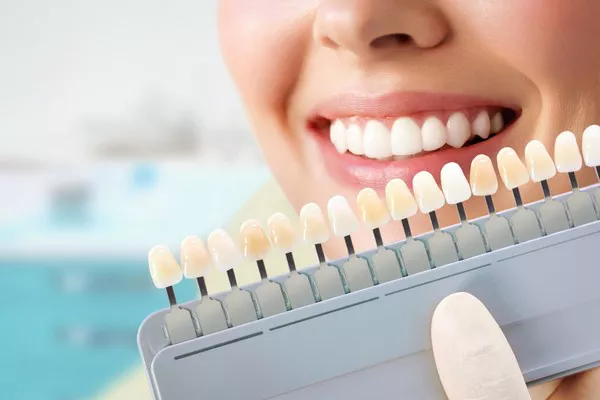Dental fillings are a common procedure used to repair cavities. They are made of a variety of materials, including amalgam (silver), composite resin (white), and gold. Fillings can be placed in any tooth, but they are most commonly used in the back teeth.
It is normal to experience some sensitivity in the tooth after a filling. This is because the filling procedure can damage the tooth’s nerves. The sensitivity should go away within a few days or weeks.
However, if you experience any of the following symptoms after a filling, you should contact your dentist immediately:
- Severe pain
- Swelling
- Fever
- Bleeding
- Numbness
- Loose filling
What Causes Tooth Sensitivity After a Filling?
There are a few reasons why you might experience tooth sensitivity after a filling. These include:
- Damage to the nerves. The filling procedure can damage the nerves in the tooth. This can cause the tooth to become sensitive to hot, cold, sweet, or sour foods.
- Improper placement of the filling. If the filling is not placed properly, it can put pressure on the tooth and cause sensitivity.
- Allergic reaction to the filling material. Some people are allergic to certain filling materials, such as amalgam. This can cause the tooth to become sensitive and inflamed.
How to Treat Tooth Sensitivity After a Filling
There are a few things you can do to treat tooth sensitivity after a filling. These include:
- Avoiding hot, cold, sweet, and sour foods. These foods can irritate the sensitive tooth.
- Using a desensitizing toothpaste. Desensitizing toothpaste contains fluoride and other ingredients that can help to reduce sensitivity.
- Taking over-the-counter pain relievers. Pain relievers, such as ibuprofen or acetaminophen, can help to relieve pain and inflammation.
- Seeing your dentist. If your sensitivity is severe or does not go away, you should see your dentist. They may be able to adjust the filling or prescribe a stronger pain reliever.
How to Prevent Tooth Sensitivity After a Filling
There are a few things you can do to prevent tooth sensitivity after a filling. These include:
- Brushing and flossing regularly. Brushing and flossing regularly helps to remove plaque and bacteria, which can cause cavities.
- Eating a healthy diet. Eating a healthy diet helps to keep your teeth strong and healthy.
- Seeing your dentist for regular checkups and cleanings. Regular checkups and cleanings help to detect cavities early, when they are easier to treat.
Conclusion
Tooth sensitivity after a filling is a common problem. However, it is usually temporary and goes away on its own within a few days or weeks. If your sensitivity is severe or does not go away, you should see your dentist.





























